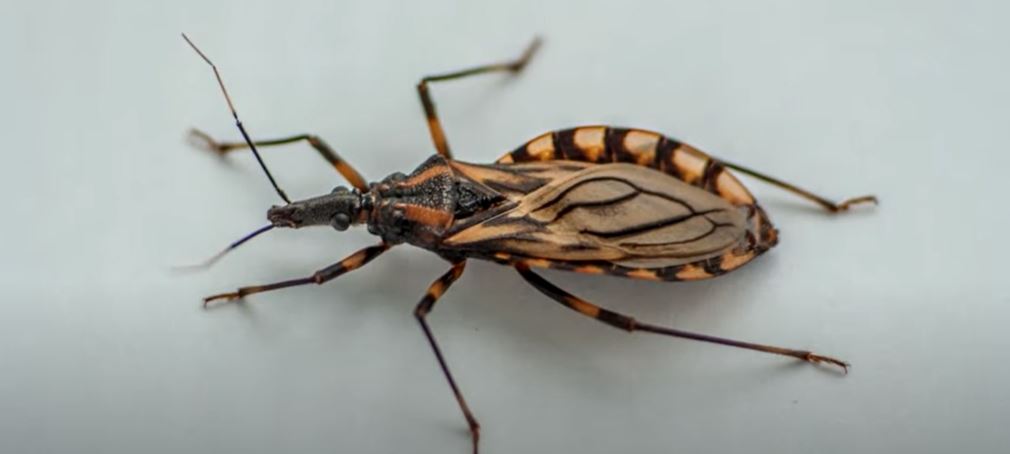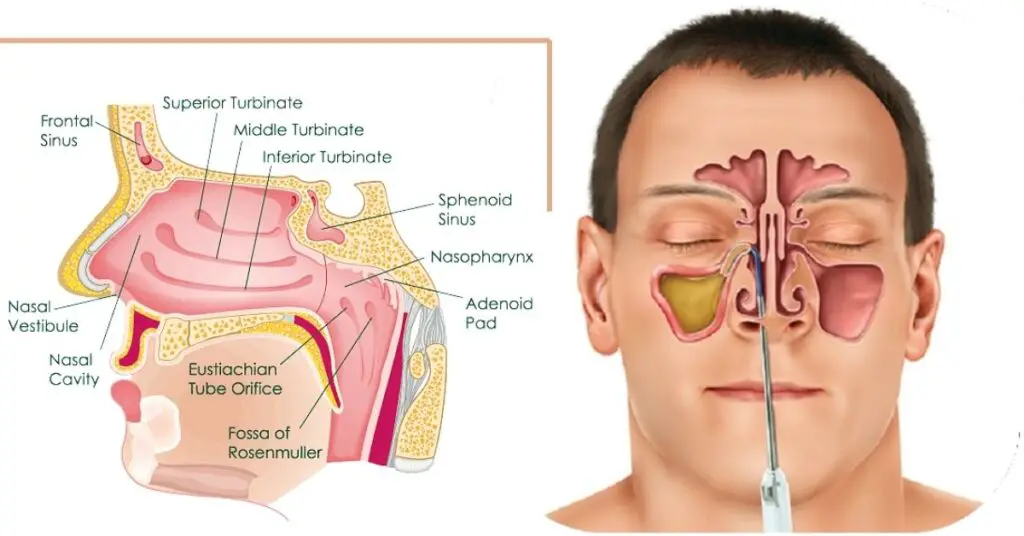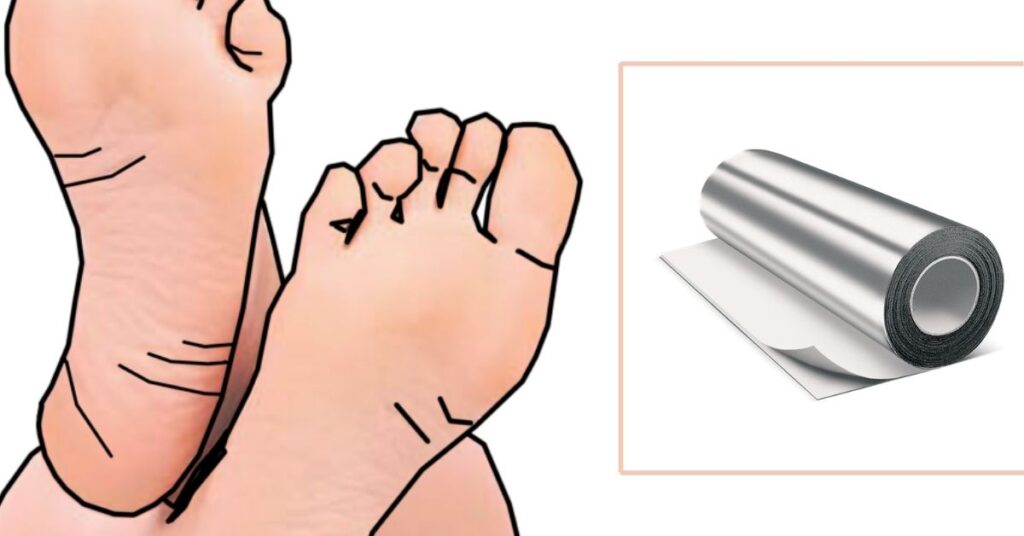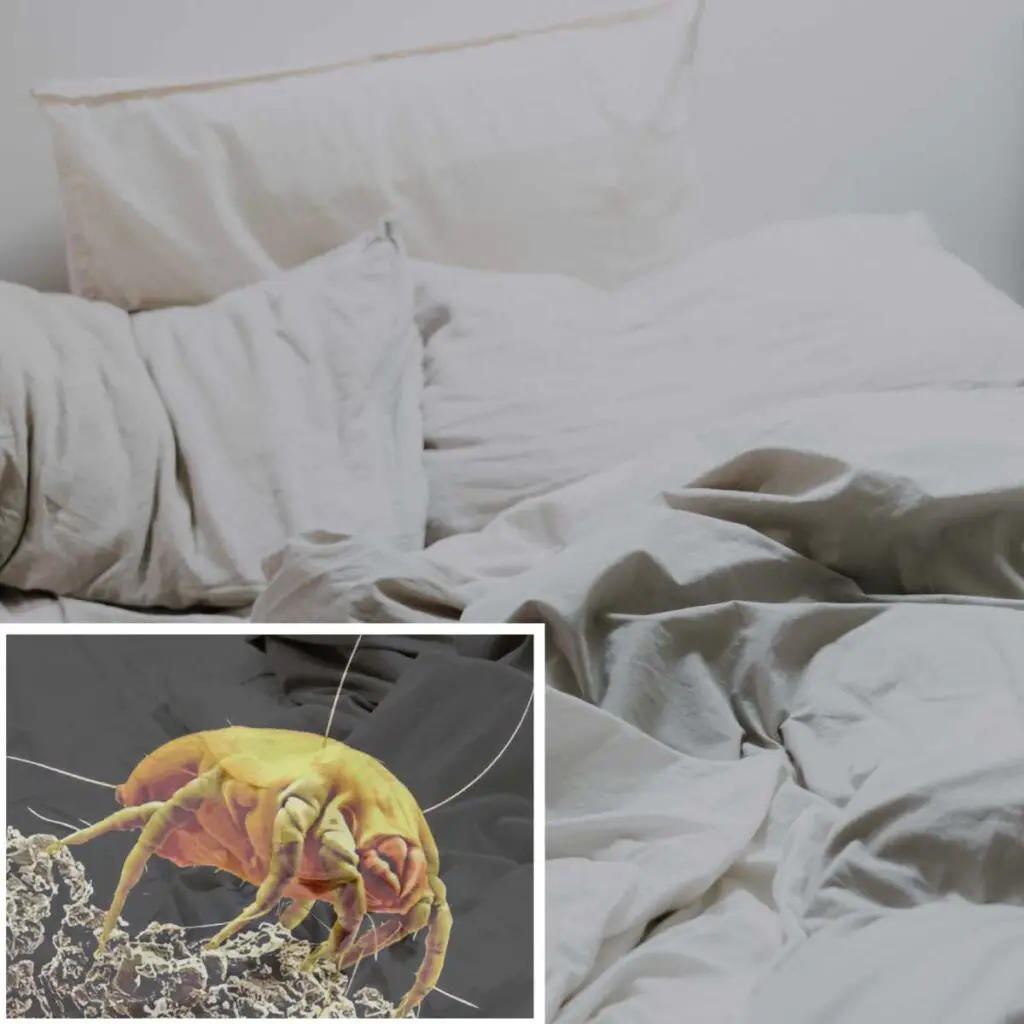You’re probably used to seeing certain insects in your backyard or garden, but did you know that some of them can also show up inside your home? In this blog post, we’ll take a look at five common insects that can invade your living space and share some tips for getting rid of them. Keep reading to learn more!
The Centers for Disease, Control and Prevention (CDC) addressed the latest health panic, and gave a warning concerning the issue the bug Triatomine, or also known as the kissing bug.
Life History and Biology
The kissing bug is a small insect that feeds on the blood of mammals, including humans. Her life cycle begins with adults dispersing from rodent burrows at night in spring or summer. Kissing bugs typically live outdoors near woodrat nests, but can also be found in chicken coops and doghouses.
They are attracted to lights and often enter homes through gaps or cracks around doors and windows. When they are inside, they hide during the day in areas of low light like under furniture or in closets. They lay eggs, which hatch in three to five weeks. Nymphs will live through several immature stages before turning into adults, and every stage needs a blood meal to develop to the next stage. Adults live until late autumn. Triatomine overwinter as developing nymphs and molt into adults in spring.
When feeding, adult kissing bugs insert their long, thin mouthparts into the skin of their host and remove blood through a process called puncture feeding. In doing so, they may transmit diseases such as Chagas disease, which can be deadly in humans.
Classification of Triatomine (kissing bugs)
There are many different types of kissing bugs, and they all have their own unique qualities. Some of the most common kissing bugs include the Triatoma bug, which is found throughout Central and South America, as well as the United States.
Kissing Bug Health Concerns
The name suggests that this bug is friendly, however it can transmit the Trupanosoma cruzi – a dangerous parasite. This parasite is
deadly if it infiltrates the human body as it can cause the disease called Chagas. This health issue can alter the lives of millions of people
everywhere.
This disease causes problematic heart issues that can even lead to death. The symptoms are slight in the beginning, however two
months in after the infection they considerably elevate. These more pronounced symptoms include hard breathing, headaches, enlarged lymph
glands. It appears as if the person has the flu, which is easily treated and basically harmless, so the illness is rarely discovered in the beginning.
Other symptoms are eyelid swellings and skin lesions, 30 percent of all patients developed heart problems and 10 percent also suffered bad
digestion.
At the moment, there is no way of immunization for this disease, however the early discovery and treatment is 100 percent effective. Also, keep your home safe by using sprays in the house and improve the hygiene. If the bug rubs its bite, it increases the risk for the illness and it spreads it faster, because this insect has deadly feces in its bite. The only north areas in the USA facing this problems are the states New York and New England.
Be careful, these bugs can be hiding in these places in the house: at the bottom of homepage, in the rocks near the house and stony areas, in
dog cages and chicken coops.
Tips:
- Improve the hygiene and keep the house in pristine state
- Remove stone or wood piles
- Seal the cracks of walls, windows and doors
- Remove stone or wood piles
- Turn off the yard lights, or even better completely remove any lights close to the house
- Avoid puddles
- If you see a single Triatomine immediately call the Department of Health









